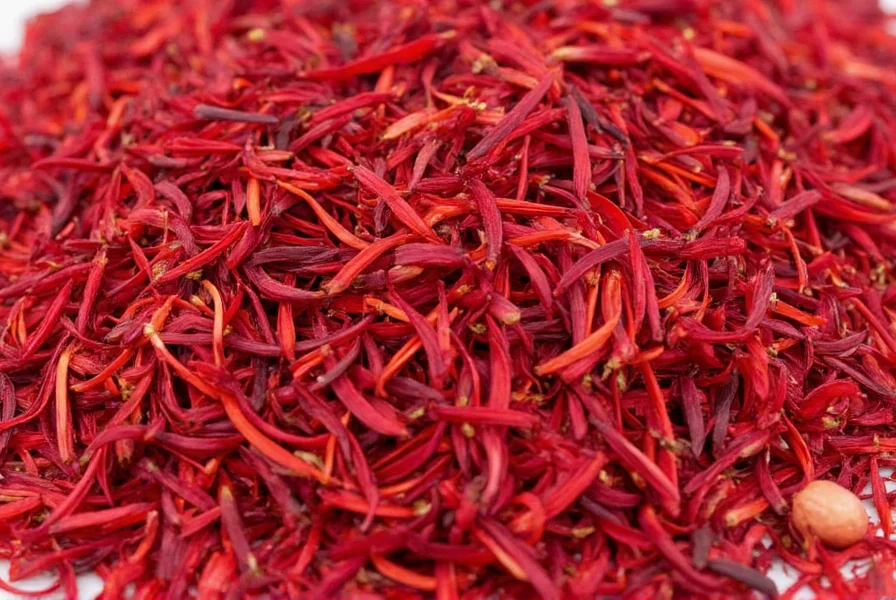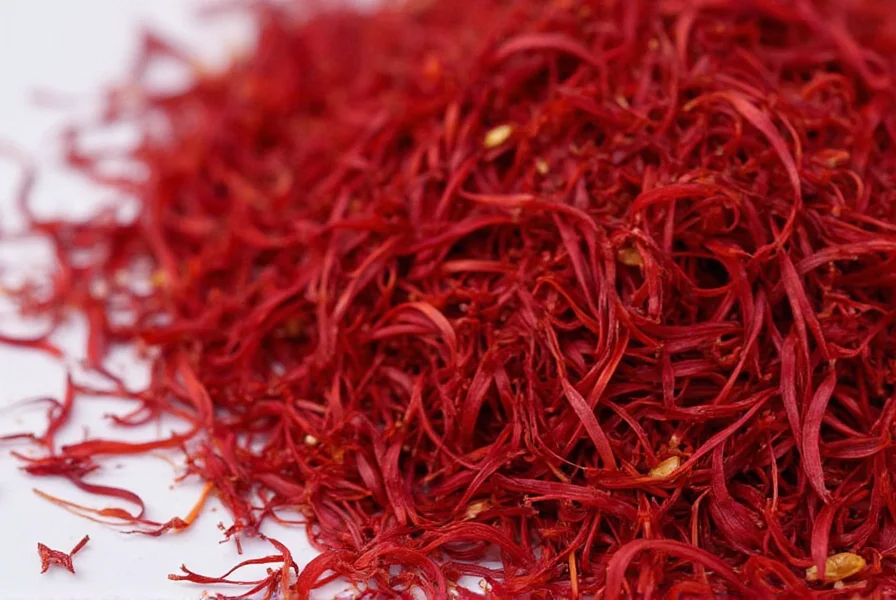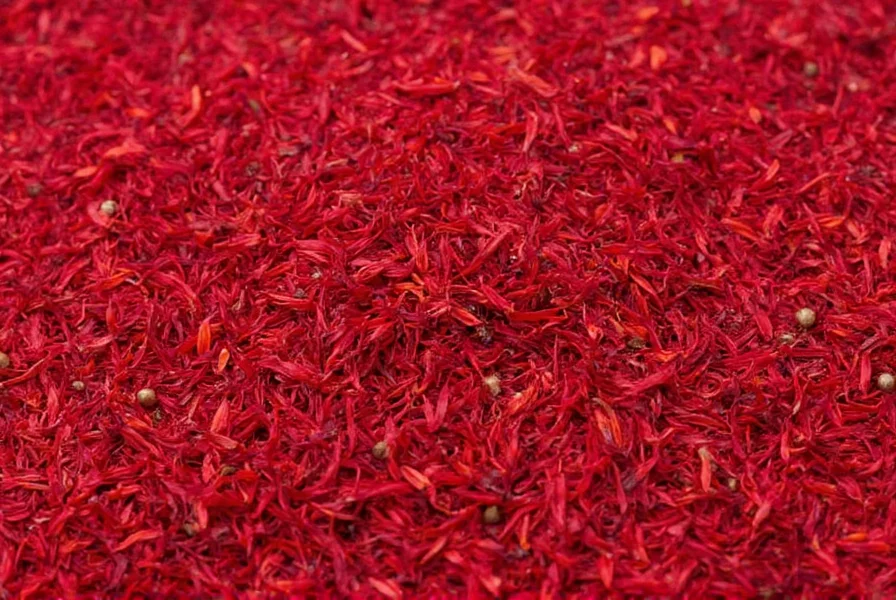Saffron's journey from crocus flower to kitchen spice represents one of agriculture's most fascinating processes. The Crocus sativus, a sterile triploid that cannot reproduce naturally, has been cultivated for over 3,000 years specifically for its valuable stigmas. Unlike other crocus varieties that bloom in spring, this particular species flowers in autumn, creating a narrow harvesting window that contributes to saffron's rarity and value.

The Botanical Relationship Between Saffron and Crocus
Understanding saffron from crocus requires examining the unique biology of Crocus sativus. This fall-blooming perennial grows from corms (not bulbs) and reaches only 15-20 cm in height. The flower features purple petals surrounding three vivid red stigmas—the female reproductive parts that become saffron after harvesting. These stigmas contain crocin (responsible for saffron's color), picrocrocin (for flavor), and safranal (for aroma).
What makes saffron production particularly challenging is that Crocus sativus is a sterile plant that cannot produce seeds. It must be propagated manually through corm division, requiring significant labor before the harvesting process even begins. Each corm typically produces just one flower, and each flower yields only three stigmas—approximately 0.03 grams of fresh material that reduces to about 0.01 grams when dried.
Why Saffron from Crocus Commands Premium Prices
The extraordinary cost of saffron stems directly from its labor-intensive harvesting process. To produce just one pound (454 grams) of dried saffron requires approximately 75,000-100,000 flowers, which translates to 225,000-300,000 individual stigmas. Harvesting must occur at first light when flowers are still closed to protect the delicate stigmas from sun damage. Workers must carefully pluck each flower by hand, then immediately separate the stigmas before the flowers open completely.
| Production Metric | Value |
|---|---|
| Flowers per kilogram of dried saffron | 150,000-200,000 |
| Stigmas per kilogram of dried saffron | 450,000-600,000 |
| Harvesting hours per kilogram | 350-450 |
| Global annual production | 200-300 metric tons |
Geographical Indications and Quality Standards
While saffron can be grown wherever Crocus sativus thrives, certain regions have earned Protected Designation of Origin (PDO) status for their distinctive saffron. Iranian saffron (particularly from Khorasan province) accounts for over 90% of global production, while Spanish saffron (especially from La Mancha) and Kashmiri saffron command premium prices for their superior quality characteristics.
The ISO 3632 standard classifies saffron into four quality categories based on crocin (coloring strength), picrocrocin (taste), and safranal (aroma) content. Category I represents the highest quality with minimum crocin absorbance of 190, while Category IV indicates significantly lower quality. Authentic saffron should display a deep red color with minimal yellow styles attached, as the yellow portions contain little active compounds and are sometimes added to increase weight.
How to Identify Authentic Saffron Threads
Given saffron's high value, adulteration is common in the marketplace. Genuine saffron from crocus exhibits specific characteristics that help distinguish it from substitutes:
- Visual inspection: Authentic threads are deep crimson with slight orange tips, never uniformly red. They should be trumpet-shaped at one end where they were attached to the flower.
- Water test: Place a few threads in warm water; genuine saffron releases color gradually over 15-20 minutes, turning the water golden-yellow, not immediately red.
- Aroma test: Real saffron has a distinctive hay-like, floral fragrance. Avoid products with chemical or musty odors.
- Paper test: Place threads on blotting paper; authentic saffron leaves a yellow stain that doesn't wash away easily, while artificial dyes bleed immediately.

Sustainable Saffron Production Practices
As demand for saffron continues to grow, sustainable cultivation methods are becoming increasingly important. Traditional saffron farming requires significant manual labor but has minimal environmental impact compared to many agricultural practices. Modern innovations focus on improving corm propagation techniques and optimizing irrigation in water-scarce regions where saffron is typically grown.
Some producers are implementing traceability systems using blockchain technology to verify saffron's origin and quality throughout the supply chain. These efforts help combat fraud while ensuring farmers receive fair compensation for their labor-intensive work. The future of saffron production may include controlled environment agriculture techniques that could potentially extend the growing season and increase yields while maintaining quality standards.
Practical Applications of Saffron Beyond Culinary Use
While saffron from crocus is primarily valued as a culinary spice, its applications extend into traditional medicine and modern research. Historical records show saffron was used in ancient Persian, Egyptian, and Greek cultures for medicinal purposes, including as an antidepressant and digestive aid.
Contemporary research suggests saffron may have antioxidant, anti-inflammatory, and neuroprotective properties. Studies have investigated its potential benefits for mood disorders, eye health, and even as a complementary approach in cancer treatment. However, these applications require further clinical validation, and saffron should never replace prescribed medical treatments.
Frequently Asked Questions
How is saffron actually harvested from crocus flowers?
Saffron harvesting occurs at dawn when crocus flowers are still closed. Workers carefully pick each flower by hand, then immediately transport them to processing areas where the three red stigmas are manually separated from the flower. This must happen quickly before the flowers open in sunlight, which would damage the delicate stigmas. The stigmas are then dried using traditional methods or climate-controlled ovens to preserve their chemical compounds.
Why is saffron from crocus so much more expensive than other spices?
Saffron's high cost stems from its extremely labor-intensive production process. It takes approximately 150,000-200,000 crocus flowers to produce just one kilogram of dried saffron. Each flower yields only three stigmas that must be hand-picked at dawn during a short autumn blooming season. The entire process from corm planting to dried saffron requires about 350-450 hours of labor per kilogram, making it the world's most expensive spice by weight.
Can I grow saffron crocus at home successfully?
Yes, you can grow Crocus sativus at home in suitable climates (USDA zones 6-9). Plant corms 3-4 inches deep in well-draining soil during late summer. The plants require full sun, moderate watering, and a cold period to bloom. While home cultivation is possible, producing significant quantities of saffron is impractical due to the enormous number of flowers needed. A single square meter might yield only 0.5-1 gram of dried saffron annually, requiring substantial space for meaningful harvests.
What's the difference between saffron and saffron crocus?
Saffron refers specifically to the dried red stigmas of the Crocus sativus flower, while saffron crocus is the common name for the plant itself (Crocus sativus). Many crocus species exist, but only Crocus sativus produces the stigmas used as the spice saffron. Other crocus varieties may look similar but don't contain the same chemical compounds that give saffron its distinctive color, flavor, and aroma.
How can I verify if my saffron is authentic and not adulterated?
Authentic saffron should have deep crimson threads with slight orange tips and a trumpet shape at one end. Perform a water test: genuine saffron releases color gradually over 15-20 minutes, turning water golden-yellow. Avoid products that immediately turn water red, as this indicates artificial coloring. Check for minimal yellow style attached to threads, as excessive yellow portions often indicate dilution. Purchase from reputable suppliers who provide ISO 3632 certification and origin documentation for the highest assurance of authenticity.











 浙公网安备
33010002000092号
浙公网安备
33010002000092号 浙B2-20120091-4
浙B2-20120091-4